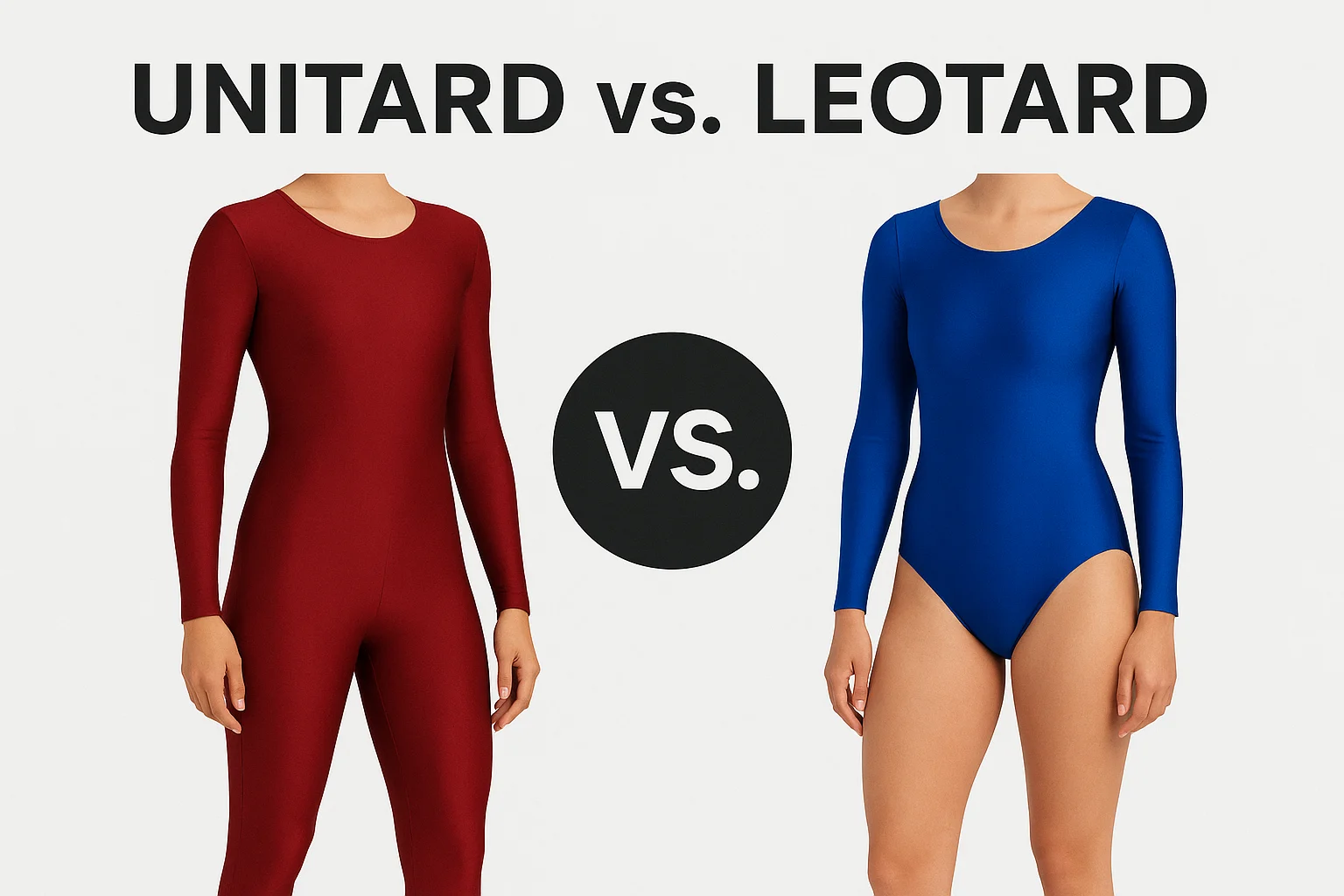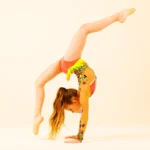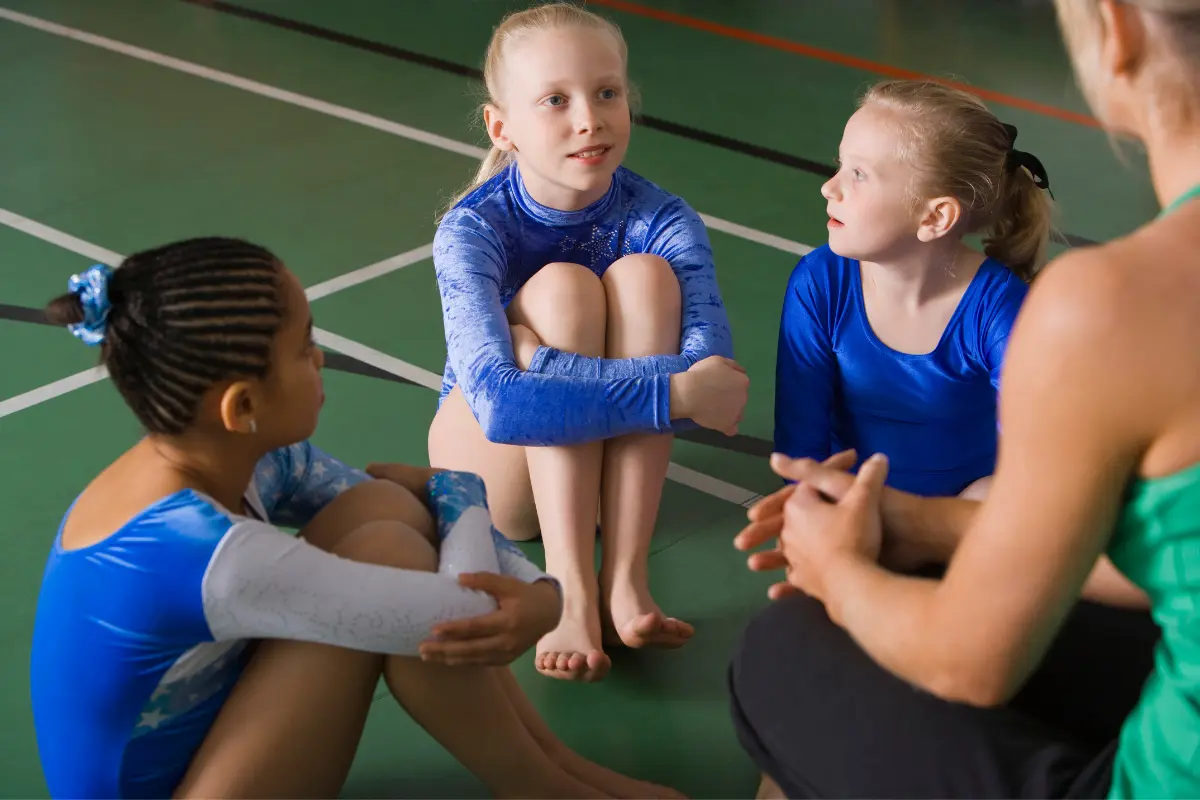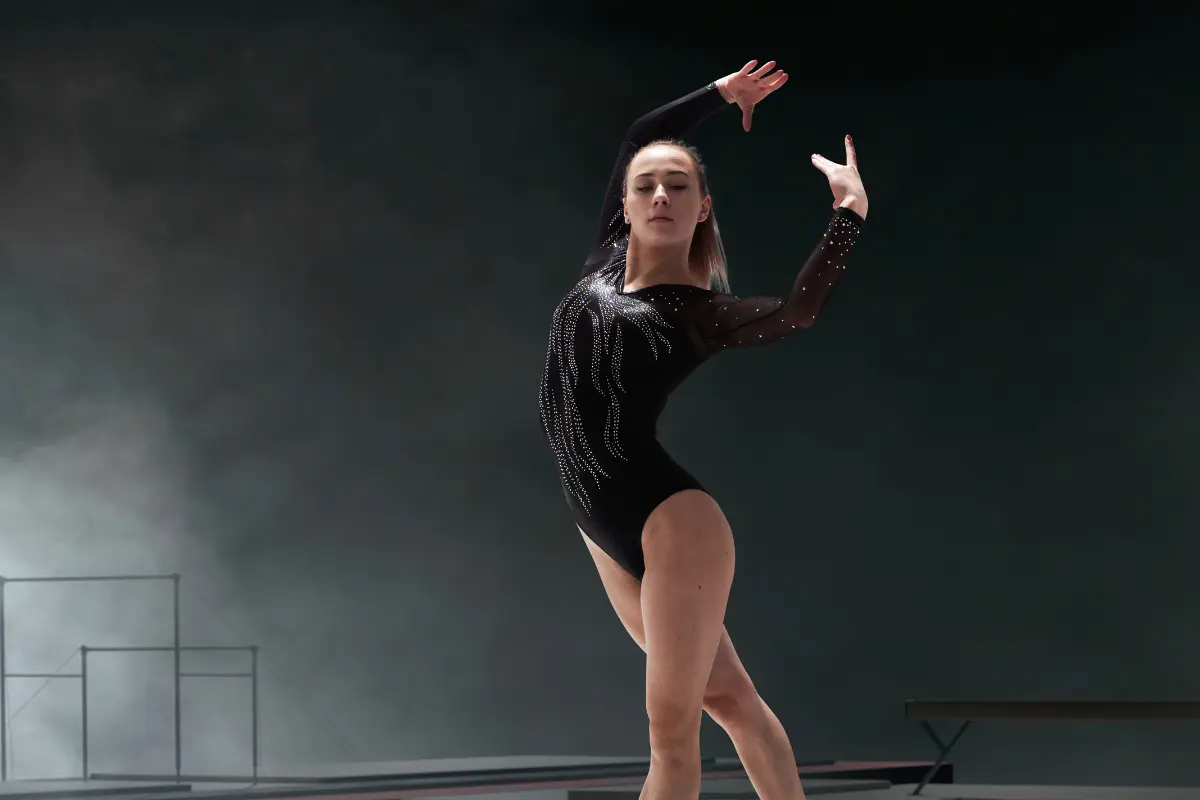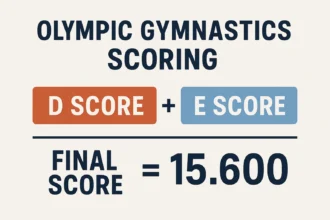For many years, the high-cut leotard has been the traditional look of gymnastics. Now, the full-length unitard, offering more coverage and confidence, is giving gymnasts more choices than ever.
So, what’s the real difference? And which one should you (or your gymnast) choose? Let’s break it down.
First Things First: Are Both Legal?
Yes. Both leotards and unitards are fully legal in gymnastics competition, though the specifics vary slightly by governing body:
- FIG (International): Gymnasts may wear a leotard, unitard, or competition shirt. Unitards must cover from hip to ankle, and all garments must be non-transparent, elegant, and well-fitted.
- USA Gymnastics (Development & Xcel): USAG follows FIG standards. Athletes may wear ankle-length unitards, and tights or leggings are also allowed. Incorrect attire results in a 0.20 neutral deduction after a warning.
- NCAA (College): Athletes must wear a one-piece leotard, but they may add school-issued shorts, tights, or leggings, effectively creating a unitard-like look. Uniformity across the team is required.
- Cultural Note: At the Tokyo 2020 Olympics, Germany’s women’s team wore crimson full-leg unitards to highlight modesty and athlete choice. Their outfits followed FIG rules exactly.
✅ Bottom line: Both styles are legal at every level. The real deciding factors are comfort, gym policy, and team uniform rules.
What Exactly Is the Difference?
Both garments are stretchy, one-piece, and performance-ready. The main distinction is in the legs:
- Leotard: Covers the torso, may be sleeveless or long-sleeved, and leaves the legs bare. Hip cuts vary from moderate to high.
- Unitard: Covers the torso and extends down the legs, either capri or full-length. Sleeves are optional.
- NCAA Note: Pairing a leotard with matching leggings creates a unitard-like look, though the base garment is still considered a leotard.
👉 In short: Leotard = bare legs. Unitard = covered legs.
Pros and Cons in Real Life
Leotard (Classic Choice)
Pros
- Cooler and lighter for long practices or hot gyms.
- No fabric around hips or knees, so movement feels free.
- Biggest variety of styles and usually cheaper.
Cons
- Can ride up if the cut doesn’t fit well.
- Less coverage, which can make some gymnasts feel uncomfortable.
Unitard (Full- or Capri-Length)
Pros
- More coverage = more modesty and confidence.
- Extra fabric can feel cleaner on mats and equipment.
- Less chance of wardrobe issues during competitions.
Cons
- Warmer than a leotard, especially in hot gyms.
- Needs a good fit or fabric may bunch at the knees or ankles.
- Fewer ready-made options, and custom ones cost more.
Cost and Sizing Basics
Pricing
- Practice leotards: about $30–$50
- Practice unitards: about $40–$60
- Competition styles: $150+ (with rhinestones or custom designs, even higher)
How Many to Buy
Beginners usually only need 1 competition suit and 2 practice outfits. Unitards may take longer to dry, so an extra one can help if you train often.
Comfort and Fit: How to Get It Right
Whether you choose a leotard or unitard, fit is everything. The wrong cut, fabric, or finish can turn a great outfit into a constant distraction.
- Fabric & Lining: Pick high-quality 4-way stretch. Matte or brushed interiors help reduce slipping. Heavy sweaters may prefer lighter-weight or mesh-panel designs—always non-transparent per rules.
- Leg Cut & Elasticity (Leotards): A slightly higher leg line often anchors more securely on the hip. Elastic should lie flat, not dig or gape.
- Inseam & Hem (Unitards/Leggings): Hems should sit smoothly at the ankle or calf, with no pooling. If you tape ankles, check that hems don’t interfere.
- Compression: Moderate compression improves body awareness and reduces fabric “flap” in airtime. Avoid over-compression that restricts squats or splits.
- Seams: Look for flatlock seams in high-motion areas (hips, inner thighs, behind the knee). Bulky seams = friction and distraction.
✅ Takeaway: Your attire should move with you, not against you. Comfort, secure fit, and freedom matter most.
So… Which Should You Choose?
- Choose a leotard if you want maximum airflow, endless style choices at lower cost, and you’ve found a leg cut that stays put without ride-up.
- Choose a unitard (or leo + leggings) if you value coverage and confidence, want to avoid mid-routine adjustments (especially on camera), or often compete in chilly venues.
👉 Either way: fit beats fashion. Always test your garment in full routines—vaults, bar dismounts, beam choreography, and tumbling passes—to ensure distraction-free performance. And double-check your program’s attire rules to avoid neutral deductions.
Frequently Asked Questions (FAQ)
Do unitards affect scoring?
No. Judges do not deduct for choosing a unitard over a leotard. Scores are only affected if the outfit breaks attire rules (e.g., transparency, neckline, or uniform mismatches).
Are there rules about colors and logos?
Yes. FIG and USAG regulate manufacturer logo sizes, team identification, and sponsor placement. Outfits must be of elegant design and cannot feature overly flashy or inappropriate graphics.
Can you wear leggings over a leotard?
Yes. In USAG and NCAA, athletes may wear leggings or tights over leotards as long as they are uniform across the team and match the outfit.
What happens if a gymnast wears incorrect attire?
In USAG competitions, judges issue a 0.20 neutral deduction after a warning. The deduction is taken once per meet if not corrected—not on every routine.
Which is better for beginners: leotard or unitard?
It depends on comfort. Many beginners start with a leotard, but if a gymnast feels more confident and secure in a unitard (or leo + leggings), that choice can make learning skills less stressful.
